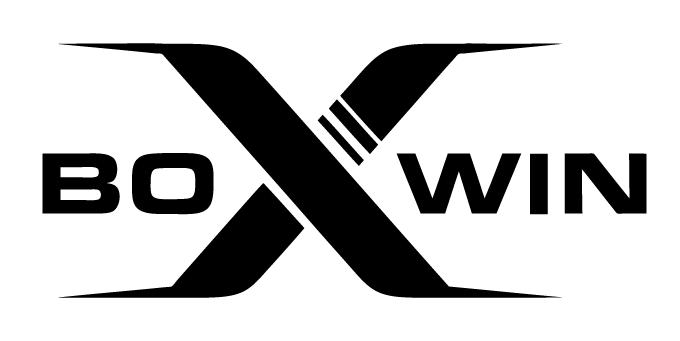Neuroboxing
Let your hidden side speak and you will know what it means to be yourself.
Aristide Martin
Neuroboxing method
The boxing teaching method created by Aristide Martin shows you your natural strengths with the help of tests and allows you to express powerful and flexible boxing. You will learn to use your peripheral vision eye, especially your power leg. Once your natural guard defined, you will discover your complementary guard which comes to reinforce the first one. You will thus evolve in an exciting way in the world of boxing by making the most of your potential.
This boxing methodology is intended both for competition for high level boxers and for learning the basics for beginners. The different techniques are individualized to allow better control, faster progression and a strong increase in performance.
Test
Optimize
Express
"The natural guard"
The tests that define it
1. Air & Earth
The first test reveals to us what type of ground support the boxer should adopt. The rest of the natural guard is built on this basis.
It allows us to know if the boxer should move on the forefoot with a more "aerial" boxing or the feet flat, well anchored in the ground. the gain in stability, responsiveness and punching power is impressive.
2. Target & Multiple
This second test indicates how the boxer must approach the fight and his opponent to be effective. Some perform better when they target a specific point in order to act, such as the chin of their opponent, while others find it easier when they keep a global field of vision.
It also allows to know if the boxer should favor rhythmic series or precise shots.
3. Peripheral vision & eye of direction
We will define the peripheral vision eye using a test that shows that reactivity differs from one eye to the other. This aspect plays an essential role in terms of placement in relation to the opponent. More reactive in his blockages and his dodges, the boxer can by placing himself on the right side avoid many blows and also better give his own.
The directional eye may be different from the device. It is found using another test well known to those who practice archery. This eye allows us to target the opponent with precision and shows us the direction in which we must orient ourselves. It is fixed whatever its guard, unlike the eye of peripheral vision which changes it at the same time as the guard.
4. Arms
We will see with this test if the boxer has an interest in maintaining a compact guard, that is to say the arms in contact with the body or a wide guard, by keeping a space between his arms and his body. The blocking technique also changes depending on the boxer's guard type.
5. Shoulder
Now we can define which shoulder should stay in front to box on natural guard. We can also know how the boxer should position himself in relation to his opponent. While keeping one shoulder in front of the other, some will be more comfortable in profile while others will prefer the front position. The change of the front shoulder involves the passage of the natural guard to the complementary guard and vice versa.
6. Hit
This sixth test confirms the grip on the hands, either in pronation or in supination. It allows you to know what is the most effective positioning of the hands to strike and what are the shots to favor. It also tells us which part of the hand to use to block and / or chase blows optimally.
7. Fire & Water
This test tells us which boxing to express in the broad sense of the term.
must the boxer trigger his punches, and / or the action first? The expression "fire" is a good example.
Or is it more advantageous to adapt to the opponent by encouraging him to box first and then express his boxing. As water flows over matter, conforming to its shape.
8. Power & support leg
With this test, it is a question of knowing which leg to give the most powerful blows. This leg is called the power leg. It changes when we go from natural guard to complementary. So the most powerful shots vary depending on the guard in which the boxer is.
The supporting leg, as its name suggests, is used to support itself when moving to allow it to quickly reposition itself on its power leg and give its shots effectively.



